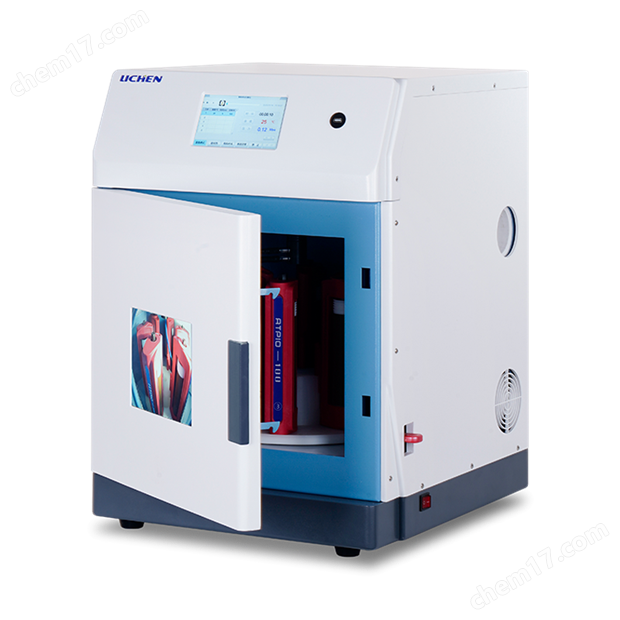Problem: Extracting compounds from various samples using tradition-al methods involves some
give and take. You can choose to use Soxhlet, which is relatively inexpensive for equipment but
uses a tremendous amount of solvent and takes hours to run. Sonication is fast, but it also requires
copious amounts of solvent and banks of individual sonicators (which also adds to the cost) if your
lab handles more than a few samples a day. Pressurized solvent extrac-tion uses much less
solvent, but only processes six samples per hour and the equipment is costly.
Solution: Microwave extraction has been used for many years to extract compounds from plastics,
biological samples, foods, animal feeds, paper, wastewater and many other types of samples.
In early 2008, the U.S. Environmental Protection Agency (USEPA) approved Method 3546 for
microwave extraction of organic compounds from soils, sludges and sediments. It is a proven
technique that is fast, uses significantly less sol-vent than traditional techniques and is
cost-effective.
免責聲明
- 凡本網注明“來源:化工儀器網”的所有作品,均為浙江興旺寶明通網絡有限公司-化工儀器網合法擁有版權或有權使用的作品,未經本網授權不得轉載、摘編或利用其它方式使用上述作品。已經本網授權使用作品的,應在授權范圍內使用,并注明“來源:化工儀器網”。違反上述聲明者,本網將追究其相關法律責任。
- 本網轉載并注明自其他來源(非化工儀器網)的作品,目的在于傳遞更多信息,并不代表本網贊同其觀點和對其真實性負責,不承擔此類作品侵權行為的直接責任及連帶責任。其他媒體、網站或個人從本網轉載時,必須保留本網注明的作品第一來源,并自負版權等法律責任。
- 如涉及作品內容、版權等問題,請在作品發表之日起一周內與本網聯系,否則視為放棄相關權利。
 手機版
手機版 化工儀器網手機版
化工儀器網手機版
 化工儀器網小程序
化工儀器網小程序
 官方微信
官方微信 公眾號:chem17
公眾號:chem17
 掃碼關注視頻號
掃碼關注視頻號




















 采購中心
采購中心